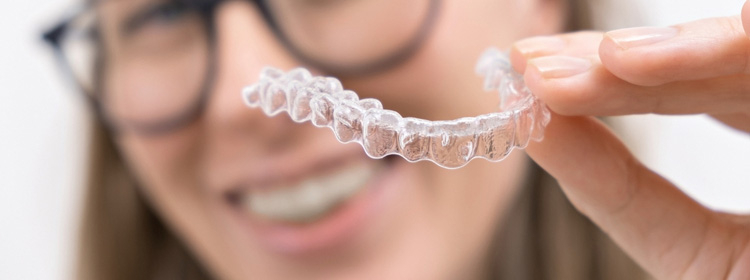The Right Choice for Your Dental Treatment: Braces or Clear Aligners?
Dental health and aesthetics are important to all of us, as a beautiful smile boosts our self-confidence. If you're experiencing alignment issues with your teeth, you’ll likely encounter two common treatment options: traditional braces and clear aligners. Each method has its own unique differences and advantages.
What Are Traditional Braces?
Traditional braces involve metal brackets and wires that are attached to your teeth to gradually move them into the correct position. This method is often used for more complex and severe alignment issues. An orthodontic specialist closely monitors your progress throughout the treatment and makes adjustments as needed. However, because metal brackets remain on your teeth at all times, they can be quite noticeable, which may be a concern in terms of aesthetics or comfort for some individuals.
What Are Clear Aligners?
Clear aligner treatment involves using nearly invisible trays that fit over your teeth. These aligners gradually shift your teeth into the desired position and are usually replaced every few weeks. One of the biggest advantages of clear aligners is that they are removable, making it easier to eat and maintain oral hygiene. For individuals who prefer a more discreet solution, clear aligners are an attractive alternative to traditional braces.
What Are the Differences Between Braces and Clear Aligners?
In terms of appearance, traditional braces are more noticeable due to the metal brackets and wires. They are constantly attached to your teeth and can be easily seen in social settings. Clear aligners, on the other hand, are nearly invisible, making them difficult to detect from the outside.
When it comes to comfort, clear aligners offer more flexibility. Since they can be removed while eating or brushing your teeth, they provide a significant convenience. Traditional braces are fixed, which can sometimes make eating and cleaning more challenging.
From a hygiene standpoint, clear aligners offer a more practical solution. You can remove the aligners to brush and floss your teeth as usual, making oral care much simpler. With traditional braces, extra care is required to clean around the brackets and wires, where food particles can easily accumulate.
Ultimately, the most suitable treatment for you depends on your dental health needs and lifestyle. Traditional braces are effective for treating more severe alignment problems, while clear aligners are ideal for those who prioritize aesthetics and comfort. Both treatments aim to improve your dental health, and the best way to decide which option suits you is to consult with your orthodontist.
